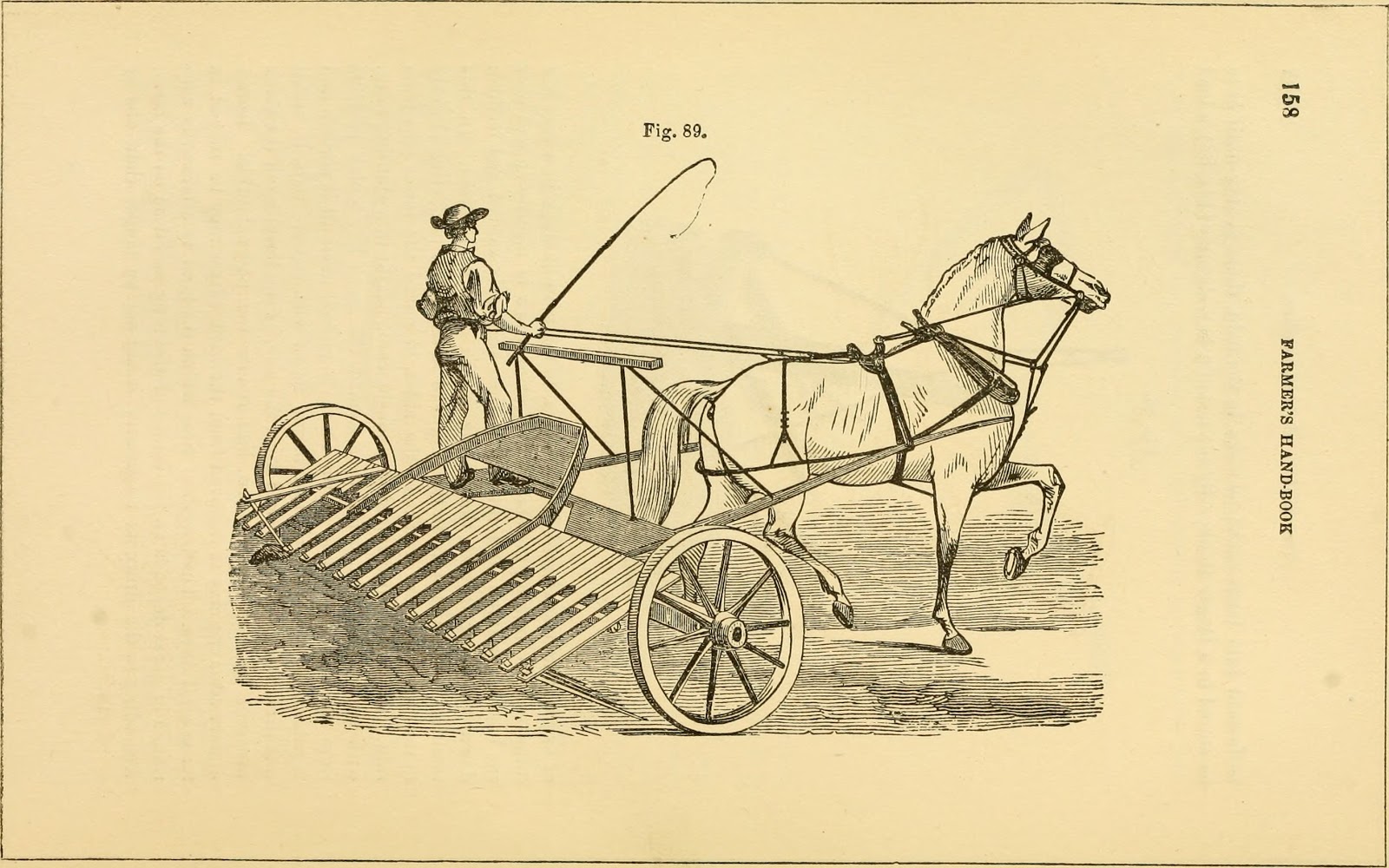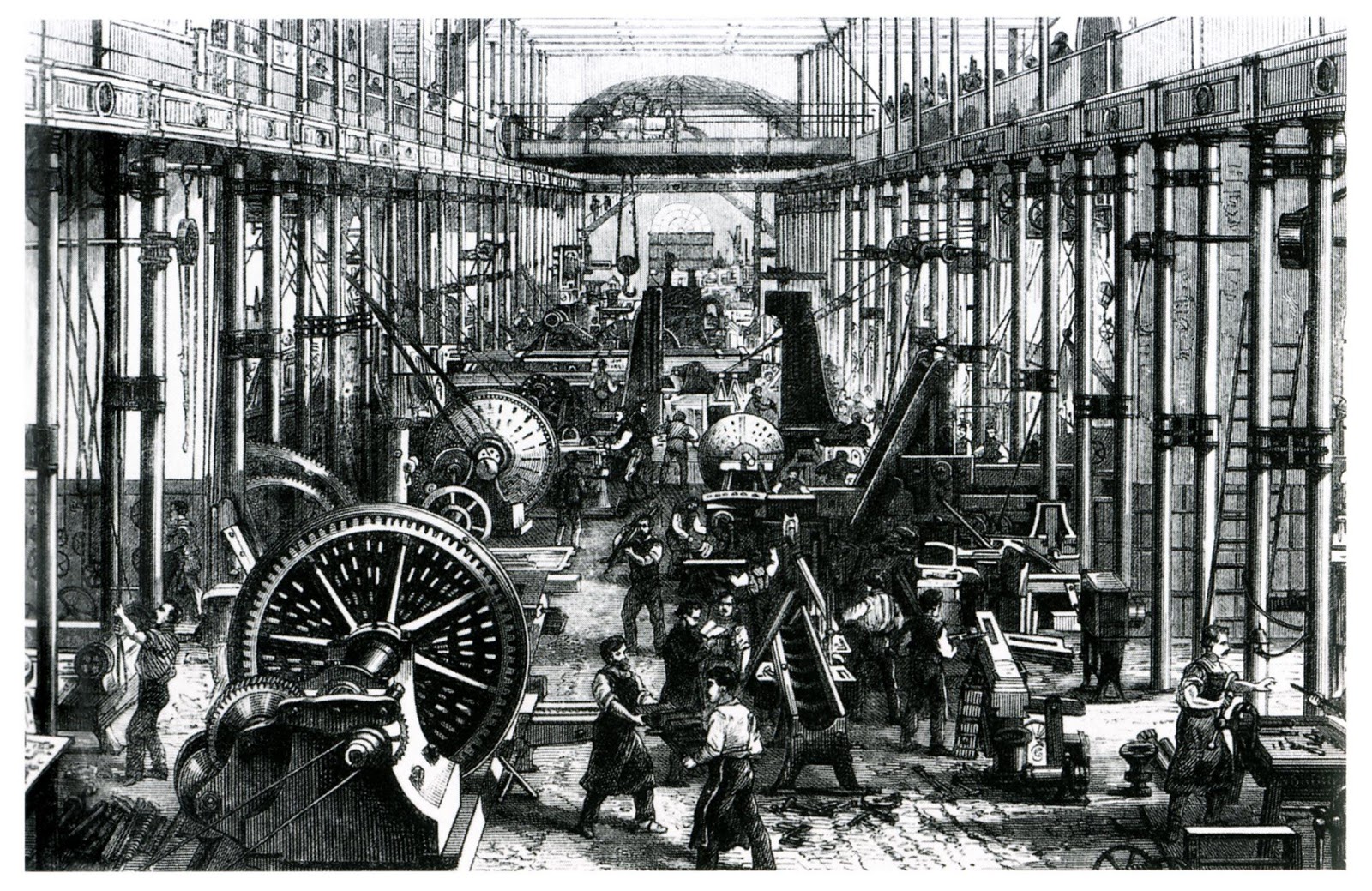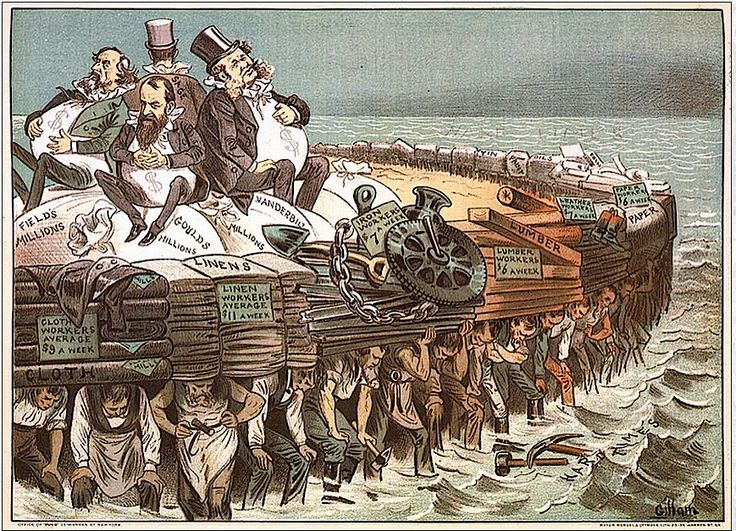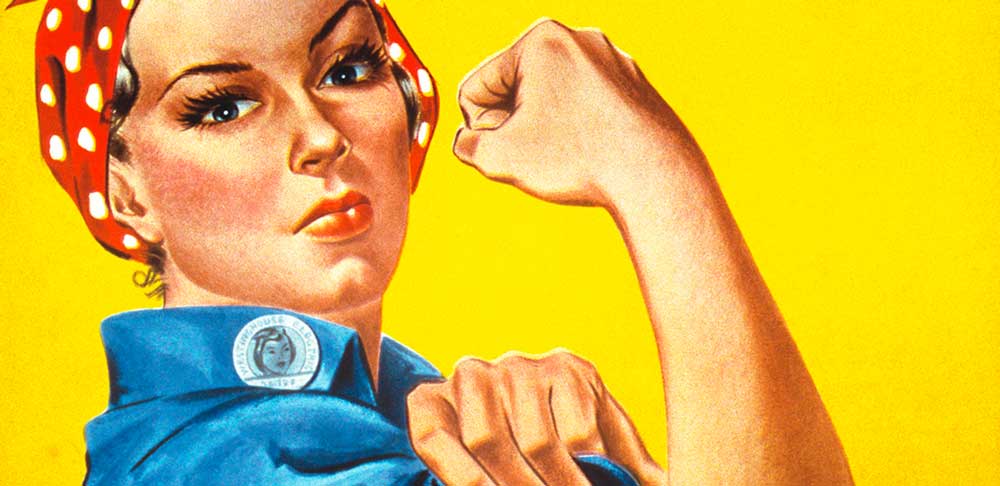Every politician’s favorite phrase is some mutation of “Small businesses are the backbone of the American economy.” Whether they’re pandering or not, small businesses have always been an important part of the American identity.
The role of small businesses has evolved from the scrappy early days of our country’s economy to the Information Age, and its future is largely uncertain. Let us take a trip down memory lane to the current day, followed with some speculation on the future of American small businesses.
A Brief History of American Small Business
The Early Days: Agrarian Roots

If you were alive in America’s infancy, there’s a good chance you were a farmer. The United States population was nearly entirely agrarian in 1790. In 1820, a whopping 72% of the American workforce worked on farms (2.1 million out of 2.9 million workers). Workers tended to farmland to feed their families and contribute to local markets. Northern farmers maintained small self-sufficient farms, while the south was dominated by larger tobacco, cotton, and fruit plantations. Even then, small business owners (farmers) were idealized as the backbone of America.
“Cultivators of the earth are the most valuable citizens. They are the most vigorous, the most independent, the most virtuous, and they are tied to their country and wedded to its liberty and interests by the most lasting bonds.” -Thomas Jefferson 1785
The American 1800s: Invention and Industry

The 19th century was a period of frantic development. The western border of the country sprawled to the Pacific Ocean, the population multiplied by 15, and invention became a distinct part of the American character. Millions of patents were filed during the 1800’s. Notably, Abraham Lincoln invented a device for buoying vessels over shoals, and Mark Twain invented what would become the bra-strap (Alas! I digress). Innovation brought a surge in productivity, and the country shifted from an its farmer-dominated agrarian model to an industrial model. Immigrants were employed for cheap labor, while the top 10% owned more than three-fourths of the nation’s wealth. For the first time in American history, wage-workers outnumbered the self-employed. By 1900, America was responsible for one half of the world’s manufacturing, but only 45% of American workers lived above the poverty line.
Early 1900s: Labor and the Progressive Era

As a result of the huge wealth gap between employer and employee, the 1900s started with a focus on the wealth and well-being of American laborers. Labor unions, strikes, and anti-trust legislation debased some of the bloated industrial forces that kept small businesses struggling. From 1890 to 19146, average wages rose from $17.63 a week to $21.37 a week ($23.7K to $27.5k a year in 2017 dollars), and average work week hours dropped from 54.4 hours a week to 48.8. Progressive presidents Roosevelt and Taft sued a combined 120 companies under the Sherman Act, and behemoth corporations were deflated. Labor unions lost much of their momentum in the 1920s, and an era of unchecked speculation and deregulation led to the stock market crash of 1929.
Small businesses suffered great losses during the Dust Bowl and the subsequent Great Depression during the 1930s. From 1929 to 1933, manufacturing productivity decreased by a third, while prices fell by 20%, causing severe deflation. Unemployment skyrocketed from 4% to 25%. In 1931 alone, 28,285 businesses failed, at a rate of 133 a day. Most of these were small businesses.
Franklin Delano Roosevelt’s federal New Deal program aimed to provide relief to the millions of Americans most affected by the Great Depression. FDR poured $3.3 billion into nearly 35,000 public works projects. Millions of unemployed and disillusioned Americans were put to work under the umbrella of public works, building dams, bridges, airports, and expanding roads. The Farmers’ Relief Act of 1933 paid farmers to produce less crops, as a reaction to the wily overproduction and environmental destruction of the previous decades. The average income for farmers went up nearly 100% over the next four years. In 1938, America introduced its first Federal minimum wage at 25 cents an hours (roughly four dollars an hour, adjusted for inflation).
World War II: Big Business and Big Government

Employment reached an all-time high during World War II. The war spurred the creation of 17 million civilian jobs, and wages increased. Some claim this was the birth of the American Middle Class.
On the opposite side of the coin, big businesses were heavily utilized by the government in the war. Democratic Senator Joseph O’Mahoney said, “if we let little business go down in a total effort to defend democracy we shall let the very foundation of democracy perish. The total effort will result in total government.” FDR claimed that big businesses had caused the Great Depression, and big business would once again rule the American government if small businesses were not assisted. Unfortunately, small business advocates are a huge, diverse, and politically disorganized group, and pro-small business legislation fell by the wayside.
1950-Modern Day: Small Business as We Know It
In the decades following World War II, America saw unrelenting economic growth. FDR’s GI Bill enabled returning World War II veterans benefits including payments for education and loans for starting businesses. 76 million Americans were born between 1946 and 1964, a generation widely known as the “baby boomers.” This generation was raised in an era of post-war prosperity, which continued for decades.
In the 1950’s, small businesses accounted for 58% of total domestic output. This number dropped to 48% in the 1960’s. Throughout this time, a small number of big businesses dominated every industry. Big businesses secured their place in the American culture, and began acquiring all of their competition. This was similar to post-Civil War oligopoly.
Economic expansion gave rise to a thriving small businesses, which has been a staple of the Middle Class. The growth and prosperity continued until a recession related to the 1973 OPEC oil embargo, which quadrupled gas prices and destabilized the economy. The 1970’s were a decade defined by “stagflation,” with widespread inflation, a cease in economic growth, and a climbing unemployment rate. Small businesses, again, suffered during this recession.
Despite the economic downturn in the 1970’s, small businesses have maintained an important place in the American economy. The number of small businesses is up 49% since 1982, and currently, small businesses account for 54% of all sales in the united states, and have created 66% of jobs since the 1970’s. Currently, there are 28 million small businesses in America.
The common theme of American history: small businesses are hit hardest by recessions and economic instability. A small business is exposed to cash-flow reductions, demand fluctuation, staffing reductions, marketing constraints, and changing tax rates. Big businesses are largely insulated from market turbulence, with growing lobbying power, carefully-groomed public relations, and can afford contingencies way out of the price range of small businesses.
A Bright Future for Small Business?
Small businesses have done very well after recovering from the recession of 2008. 15% more businesses have started up since 2015, and the five-year survival rates have risen to 50%. However, high-tech startup culture has led to a boom in super-rich startups, in which companies with less employees have greater wealth. More companies with low head-counts (technically small businesses with less than 500 employees) are worth billions.
Experts agree: technology is a huge part of the future of small business in America. If small businesses hope to survive future consolidations of wealth, it is imperative that business owners modernize. The internet has caused a sea change for business in America, beyond the scope of some of the wildest predictions from the 1990’s. The internet has changed the way employers get employees, how customers find businesses, the advertising industry, and the real relationship between consumer and company. It doesn’t get much more Darwinian than modern times: adapt to the Information Age, or become extinct. Companies that have failed to innovate have closed their doors, at incredible rates. Look at Kodak, Blockbuster, and countless non-household names.
Luckily, it is getting easier for small businesses to modernize. Business owners are faced with thousands of options for mass-communicating with potential customers, including websites, online listings, social media, pay-per-click advertising, online reputation management, affiliate marketing, and beyond. There are endless possibilities for small businesses to expand in the future. It’s amazing what some scrappy companies have done with little to no budget and some imagination.
Everyone in America has stake in the future of small businesses. If you have any predictions for the future of small businesses in America, we want to know! Kindly leave your predictions in the comments section below.









